Introduction and the Importance of User-Friendly Website Design

In today’s digital world, merely having a website is not enough; what truly matters is user-friendly website design.
This concept goes beyond visual appeal, signifying the creation of a smooth, enjoyable, and efficient experience for visitors.
A user-friendly website helps visitors easily find the information they need, interact with your services or products, and ultimately achieve their goals.
This not only increases conversion rates but also strengthens customer loyalty.
Good website design is, in fact, the foundation of every successful online business.
When a user enters your website, the first thing they perceive is the ease or difficulty of using it.
If navigation is difficult, loading times are long, or content is not well-organized, the user quickly leaves the website and goes to a competitor that offers a better experience.
Therefore, the importance of investing in user-friendly website design for survival and growth in the competitive online market becomes increasingly evident.
#User-friendliness and #User_Experience are the two main pillars upon which your website is built.
An educational website or an online store, both require this vital factor for success.
Are you tired of your company’s website not getting the visibility it deserves and losing potential customers? Solve this problem forever with professional and effective website design by Rasawp!
✅ Increase brand credibility and gain customer trust
✅ Attract targeted sales leads
⚡ Contact us now for a free consultation!
Basic Principles of User Experience (UX) in Website Design
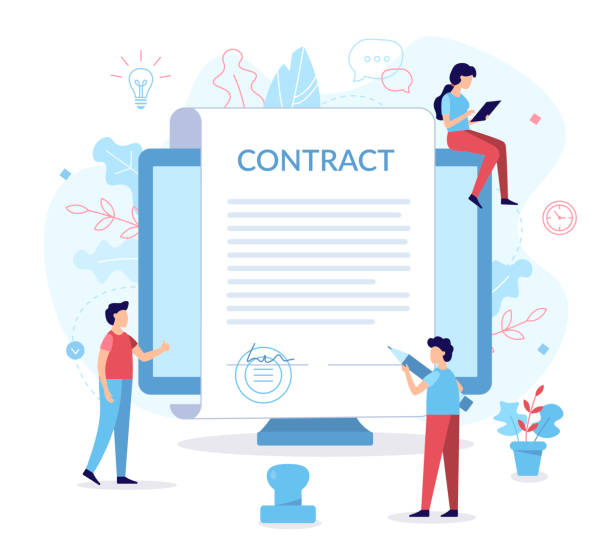
User Experience, or UX, is the heart of user-friendly website design and refers to the sum of a user’s feelings, attitudes, and perceptions when interacting with a product, system, or service.
Basic UX principles include Accessibility, Intuitiveness, Efficiency, and Pleasure.
Accessibility means that your website should be usable by all users, including those with disabilities.
This involves adhering to global web standards and providing options such as font size changes or text descriptions for images.
Intuitiveness means that the user should be able to easily use the website and find what they are looking for, without needing training or a guide.
This is achieved through logical layout, the use of familiar icons, and design consistency.
Efficiency refers to the speed and ease with which a user achieves their goal; that is, processes should be as simple and short as possible.
Finally, Pleasure means creating a positive and even enjoyable experience that encourages the user to return.
For example, small animations or visual feedback upon clicking can contribute to this feeling.
Ignoring these principles can mean failure in providing a user-friendly website design, ultimately leading to the loss of users and customers.
User Interface (UI) and its Role in Visual Appeal

While UX relates to how a user feels about the website, User Interface (UI) addresses how the website looks and how the user interacts with it.
UI includes all visual elements such as colors, fonts, icons, images, button layouts, and forms.
A good UI is not only beautiful but also complements a strong UX, helping users navigate the website naturally and without confusion.
The role of UI in user-friendly website design is crucial, as the first impression a user gets of your website is through its user interface.
Colors can evoke different emotions and influence user decision-making; for example, blue instills a sense of trust.
Fonts should be legible and have an appropriate size to prevent eye strain.
Consistency in UI design, meaning that similar elements are displayed in the same way throughout the website, helps users recognize and become familiar with the website faster.
For example, if a submit button on the homepage is green, it should also be green on all other pages and have a similar function.
| UI Element | Description | Role in User-Friendliness |
|---|---|---|
| Color Scheme | The color palette used in website design. | Creating mood, branding, and visual guidance for the user. |
| Typography (Fonts) | The type, size, and style of fonts used for text. | Improving readability and visual appeal of text. |
| Icons and Images | Visual symbols and photos used on the website. | Quick communication of concepts, reducing text volume, visual appeal. |
| Buttons and Forms | Interactive elements for entering information and performing operations. | Facilitating user interaction with the website and processes. |
| Whitespace | Empty spaces between design elements. | Improving readability, focusing on content, creating a sense of organization. |
Website Loading Speed and Responsiveness
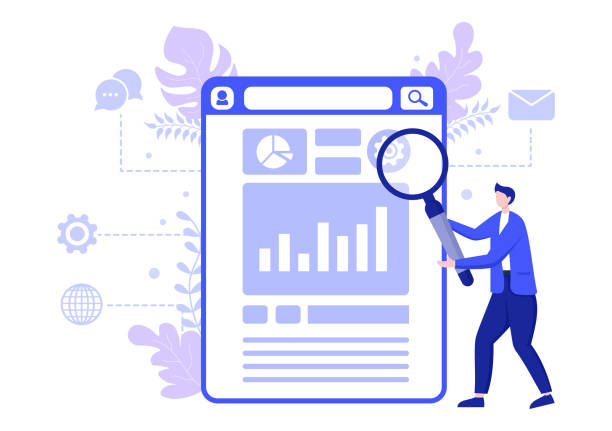
In the information age, user patience has significantly diminished.
Website loading speed is one of the most important factors in user-friendly website design.
Studies have shown that if a page takes more than 3 seconds to load, a significant portion of users will leave the website.
This not only negatively impacts user experience but also lowers the website’s ranking in search engines.
Image optimization, using GZIP compression, reducing the number of HTTP requests, and utilizing Content Delivery Networks (CDNs) are among the solutions that can help increase loading speed.
Responsive Design is another critical aspect of a user-friendly website.
Given the variety of smart devices, including mobile phones and tablets, your website must be able to adjust its appearance to display optimally on any screen size.
This means that the layout, images, and text should automatically resize to provide a consistent visual and interactive experience across different devices.
A website that doesn’t display well on mobile simply loses a large portion of its audience.
Both speed and responsiveness form the backbone of modern user-friendly website design, and neglecting them can mean losing potential users and damaging your business’s reputation.
Are you tired of losing business opportunities due to not having a professional corporate website?
Rasawp, with its professional corporate website design, helps you:
✅ Build a powerful and trustworthy brand image
✅ Convert website visitors into loyal customers
⚡ Get a free consultation for corporate website design right now!
Simple Navigation and Logical Information Structure
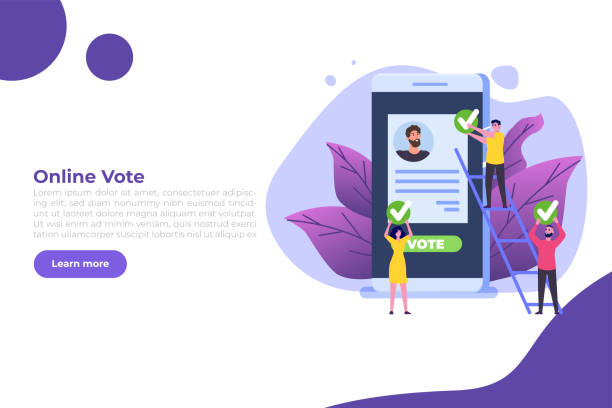
One of the biggest challenges in user-friendly website design is ensuring that users can easily find what they are looking for.
This is where simple navigation and a logical information structure come in.
A clear and organized navigation menu allows users to move through your website without confusion.
Menus should be placed in predictable locations (such as the top of the page or the sidebar) and section names should be clear and understandable.
Avoid technical or confusing jargon that may not be familiar to all users.
In addition to the main menu, using breadcrumbs can also help users understand their location within the website and easily return to previous pages.
The website’s information structure should be such that content is categorized hierarchically and logically.
This means grouping related content together and creating a natural flow of information.
For example, on an e-commerce website, products should be organized into clear categories (such as clothing, electronics, etc.), and each category can then include subcategories.
A powerful and efficient search function is also essential to help users looking for very specific information.
These principles combined ensure that users do not get lost on your website and truly experience a user-friendly website design.
Engaging and Accessible Content
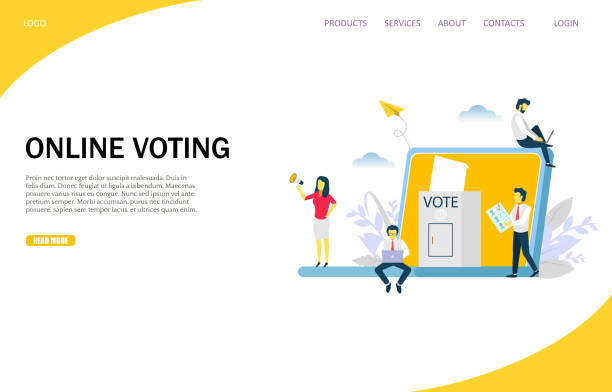
Content is king, but not just any content; your content must be engaging and accessible to enhance your website’s user experience.
In the context of user-friendly website design, this means providing information that is not only relevant and useful but also easily understandable and digestible.
Using simple and fluid language, short paragraphs, bulleted lists, and high-quality images all contribute to improving content readability.
Does your content answer users’ questions? Does it educate or entertain them? Thought-provoking content can increase user interaction, for example, by posing a question at the beginning of an article or asking for feedback at the end.
Furthermore, clear and compelling Calls-to-Action (CTAs) are vital elements of user-friendly content.
Users should clearly understand what the next step is after reading the content; should they purchase a product, fill out a form, or get more information? Use prominent buttons and links for CTAs.
Also, for accessibility, ensure that images have alt text and videos have subtitles, so that users with special needs can also benefit from your content.
Your content must be valuable and improve the overall user experience; otherwise, even the best user-friendly website design cannot retain users.
Usability Testing and Continuous Improvement
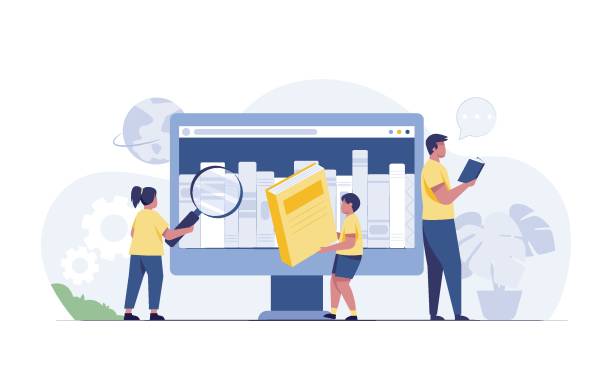
One of the crucial and often overlooked steps in user-friendly website design is usability testing and continuous improvement.
Even if you think your website is perfectly designed, the reality is that real users always find unexpected ways to interact with it.
Usability testing means observing and analyzing how real users interact with your website to identify weaknesses and problems.
This process can include various methods, such as A/B testing, where two different versions of a page or element are shown to different groups of users to see which one performs better.
User tests also involve directly observing users as they perform specific tasks on your website, collecting their feedback, and analyzing their behavior.
Through these tests, you can discover problems that you didn’t anticipate during the design phase, such as confusing navigation, unclear buttons, or lengthy registration processes.
Collecting feedback through surveys, online chat, or email can also be a valuable source for improvement.
An analytical approach to this data and implementing evidence-based changes allows you to continuously optimize your website and enhance the user experience.
This process never ends, as user expectations and technologies are constantly changing, and a user-friendly website design is always evolving.
| Test Method | Description | Main Benefits |
|---|---|---|
| A/B Testing | Comparing two versions of an element (such as a button or title) to determine which performs better. | Quickly identifying the best approach for increasing conversions. |
| Observational User Testing | Observing real users while they use the website and perform specific tasks. | Discovering unexpected problems and understanding user behavior. |
| Surveys and Feedback | Directly collecting user opinions and suggestions through questionnaires or forms. | Obtaining qualitative and quantitative insights from users. |
| Traffic Analysis (Analytics) | Using tools like Google Analytics to examine user behavior. | Identifying behavioral patterns, popular pages, and exit points. |
The Role of SEO in User-Friendly Website Design

The topic of user-friendly website design is closely linked to Search Engine Optimization (SEO), and in fact, a user-friendly website will naturally perform better in terms of SEO.
Google and other search engines are increasingly emphasizing user experience factors for ranking websites.
High loading speed, responsiveness, easy navigation, and relevant, high-quality content are all not only beneficial for users but also send positive signals to search engines.
When a website is fast and responsive, the bounce rate decreases, and the time users spend on the site increases; these are important SEO metrics indicating user satisfaction with your content.
Logical URL structures, proper use of heading tags (H1, H2, H3), and meta descriptions also help search engines better understand your content.
Furthermore, correct internal linking, which allows users to easily navigate between related pages, not only improves the user experience but also distributes “link juice” throughout your website, which is very important for SEO.
In other words, user-friendly website design not only means visitor satisfaction but also helps you appear higher in search results and attract more organic traffic.
Is your current e-commerce website design not generating the expected sales?
Rasawp specializes in professional e-commerce website design!
✅ An attractive and user-friendly site aimed at increasing sales
✅ High speed and security for an ideal shopping experience⚡ Get a free consultation for online store design with Rasawp now!
Successful Examples of User-Friendly Website Design
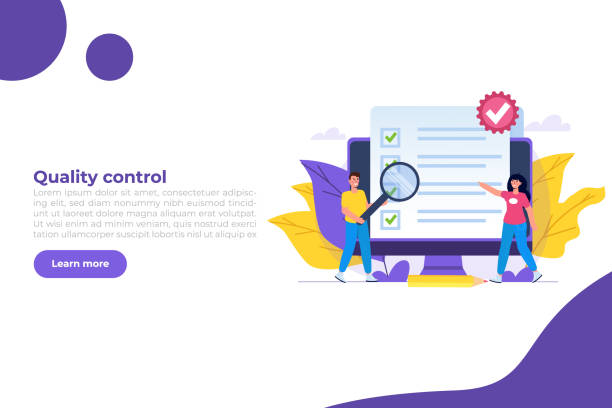
To better understand the concept of user-friendly website design, reviewing successful examples can be very informative and entertaining.
Websites like Airbnb, Spotify, or Apple are prime examples of platforms that have prioritized user experience.
Airbnb, with its intuitive user interface and simple booking process, allows users to easily find and reserve their desired accommodations.
Clear navigation, high-quality images, and a powerful filtering system all contribute to its unparalleled user experience.
Spotify, with its user-friendly website design and mobile application that facilitates easy music search, personalized playlist creation, and discovery of new songs, has become a model for music streaming.
Its dark and minimalist user interface focuses on content (music) and prevents eye strain.
Apple’s website also presents its products in a highly appealing and user-friendly manner with a clean design, ample use of whitespace, large images, and concise, useful content.
The purchasing process on this site is also very simple and straightforward.
These websites are not only visually attractive but also provide a seamless and enjoyable experience across all user touchpoints, whether on desktop or mobile.
These successful examples demonstrate how by focusing on user needs and implementing strong design principles, one can achieve a user-friendly website design that both satisfies users and achieves business goals.
The Future of User-Friendly Website Design and Emerging Trends
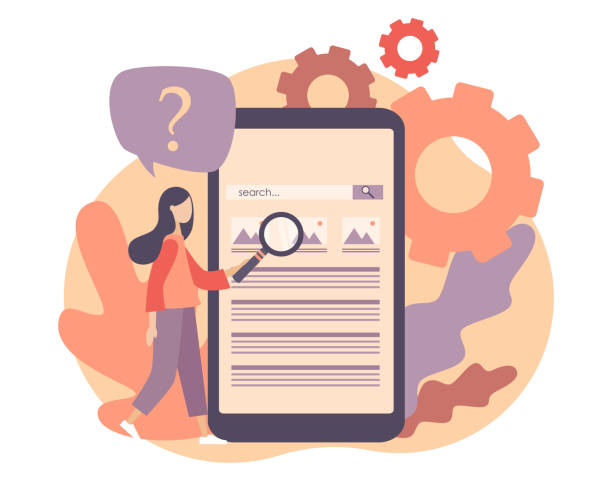
The future of user-friendly website design is rapidly changing and evolving, with emerging trends transforming the web landscape.
One of the most important of these trends is the integration of Artificial Intelligence (AI) and Machine Learning to provide personalized experiences.
Websites will be able to custom-tailor content, products, and services based on users’ past behavior, preferences, and needs.
This means a user-friendly website design that intelligently adapts to each user.
Voice User Interfaces (Voice UI) are also growing, and soon, interacting with websites via voice commands will become a standard, requiring new and innovative designs to respond to this type of input.
Augmented Reality (AR) and Virtual Reality (VR) also hold great potential for creating immersive and entertaining experiences on websites, for example, in online stores where users can view products in their actual space.
Attention to Dark Mode design and No UI design are also important trends that allow users to interact with content with minimal distractions and lower energy consumption.
This analysis of the future shows that user-friendly website design never stops, and for success, one must always strive for innovation and progress.
Frequently Asked Questions
And other advertising agency services from Rasa Web in the field of advertising
Smart Advertising Campaign: An effective tool for digital branding with the help of marketing automation.
Smart Google Ads: Revolutionize click-through rates with SEO-driven content strategy.
Smart Marketing Automation: Professional optimization to increase sales using custom programming.
Smart Advertising Campaign: An effective tool for campaign management with the help of user experience customization.
Smart Conversion Rate Optimization: A combination of creativity and technology to increase website visits through intelligent data analysis.
And over a hundred other services in the field of internet advertising, advertising consulting, and organizational solutions
Internet Advertising | Advertising Strategy | Advertorial
Sources
UI and UX Design Principles
User-Friendly Website Design
Important Tips for User-Friendly Website Design
How to Design a User-Friendly Website?
🌐 With Rasawp Afarin, take your business to the peak of success in the digital world. We pave your growth path with comprehensive digital marketing services, including custom website design, advanced SEO, and targeted advertising campaigns.
📍 Tehran, Mirdamad Street, next to Bank Markazi, Kazerun Jonubi Alley, Ramin Alley, No. 6
